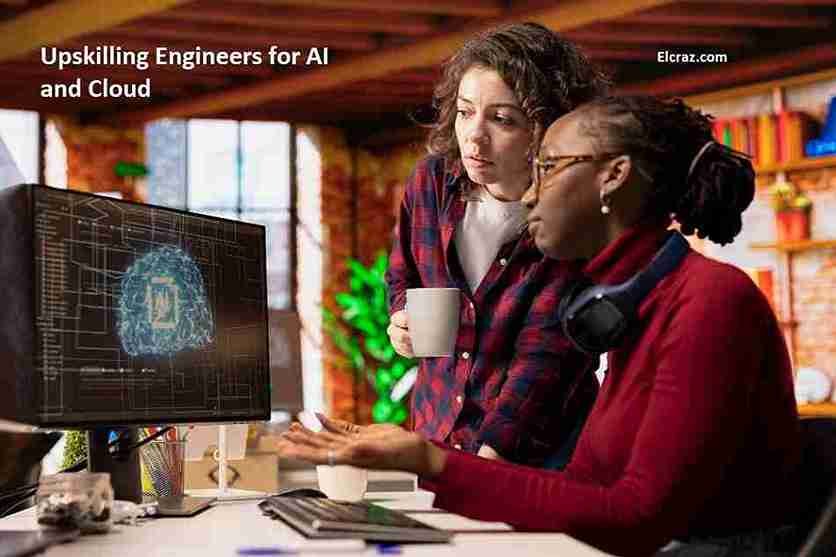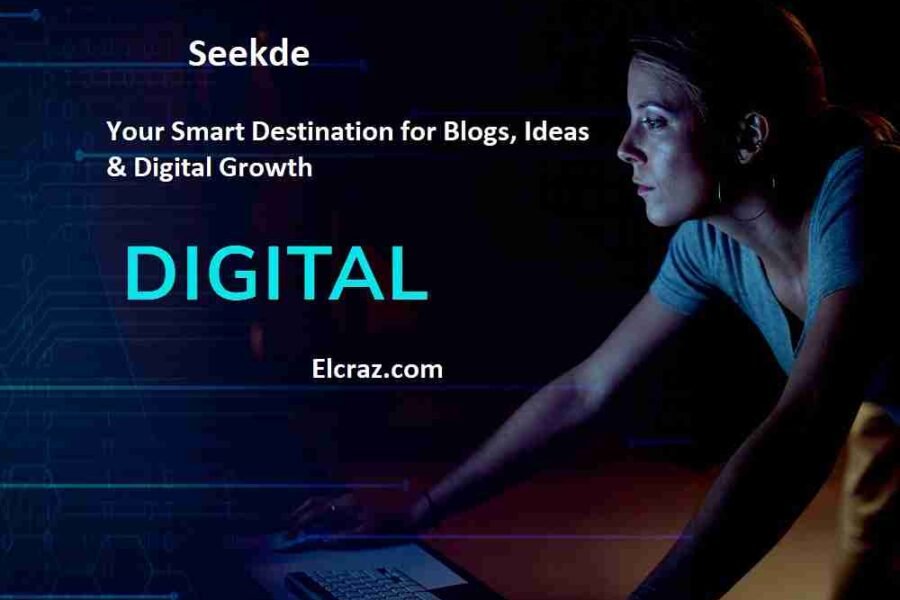The rapid acceleration of artificial intelligence and cloud computing has changed the game for engineering teams worldwide. What once felt cutting-edge can become outdated in a matter of months. Cloud-native architectures evolve faster than traditional IT infrastructures, and AI models, frameworks, and tooling are in a near-constant state of innovation. For organizations, this presents a daunting challenge: keeping engineers ready to adopt, adapt, and advance within these evolving technological landscapes. The solution lies in continuous learning models.
This article explores why upskilling in AI and cloud is critical, the shortcomings of older training approaches, and the emerging models that make continuous learning an achievable reality.
Why AI and Cloud Skills Are Business-Critical
The AI Imperative
AI has moved beyond R&D labs into every layer of enterprise IT. Engineers versed in AI can build smarter products, optimize workflows, and rapidly prototype next-generation services.
The Cloud Advantage
Cloud computing is the backbone of agile business. Microservices architectures in Kubernetes, serverless applications, and multi-cloud orchestration all require these skills to empower engineers to deliver scalable innovations at speed.
Organizations lacking deep AI and cloud capabilities risk slower product development cycles, higher infrastructure costs, and reduced competitiveness.
Why Traditional Training Models Fall Short
For years, upskilling in IT often relied on periodic, intensive training sessions like bootcamps, certification courses, or quarterly workshops. While useful for foundational knowledge, such approaches rarely keep pace with the velocity of technological change. Problems with this approach include:
Knowledge Decay: Without immediate application, much of the learned content fades quickly.
Inflexibility: A fixed curriculum struggles to cover new updates in frameworks, APIs, or platform features.
Disruption: Pulling engineers away from active projects for long periods can slow delivery timelines and lower productivity.
Limited Personalization: Traditional trainings often ignore the diverse skill levels and roles within engineering teams.
New Models for Continuous Learning
Modern upskilling strategies embed learning within workflows, merge theory with practice, and adapt to both individual and organizational needs. Here are the most impactful emerging models.
Embedded Learning in Dev Environments
Advances in developer tooling now allow in-context training, where learning resources are integrated directly into an engineer’s code editor or development environment. AI-assisted code completion tools (like GitHub Copilot) can suggest optimal practices and point engineers toward documentation in real-time. Cloud platform SDKs often include sample applications and guided templates, facilitating hands-on learning without leaving the workflow. Engineers learn as they build, reducing context switching and increasing retention.
Microlearning and Just-in-Time Videos
Instead of expecting engineers to commit to hours-long training sessions, microlearning delivers bite-sized lessons (2–10 minutes) on very specific topics, such as how to deploy an AI inference API on AWS Lambda or fine-tune a machine learning model in PyTorch. These can be instantly accessed when an engineer encounters a problem or is curious about a technique, embedding learning at the moment of need. Platforms like Pluralsight, Udemy for Business, and internal LMS portals now prioritize modular content that aligns with cloud and AI competency maps.
AI-Powered Learning Pathways
AI can match learning materials and experiences to an engineer’s current skill levels, career goals, and project demands. Adaptive learning platforms assess competencies in real time and recommend new upskilling targets. AI-driven skill analytics help technical leaders see where teams need reinforcement, whether that’s in model deployment pipelines, cloud security, or DevOps automation.
Peer-to-Peer Learning Pods
In fast-moving domains like AI and cloud, peer-led learning sessions can be more effective than top-down instruction. Engineers who master a new tool or framework lead short workshops for colleagues. Code reviews become micro mentoring sessions, where senior engineers demonstrate both problem-solving strategies and platform-specific techniques. Knowledge-sharing culture accelerates skills diffusion across the team.
Continuous Certification Programs
Cloud giants like AWS, Microsoft Azure, and Google Cloud regularly update their certification tracks to include new services and AI integrations. Rather than treating certifications as one-time achievements, organizations set rolling recertification schedules in sync with platform updates. Engineers work on live projects during certification pursuits, ensuring learned skills are applied instantly.
Learning Sprints
Borrowing from agile methodology, learning sprints are time-boxed periods focused on acquiring and applying new knowledge. Teams dedicate a few hours per week to exploring AI and cloud innovations. Each sprint ends with a mini-demonstration of how the new skill can be applied in ongoing projects, turning learning into immediate value.
Creating a Culture of Continuous Learning
Continuous learning models require support. The following practices help embed AI and cloud upskilling into engineering DNA:
Leadership Support: Senior technical leaders must champion learning as a strategic priority rather than a side activity.
Learning KPIs: Track skill acquisition like any other performance metric, linking it to innovation outcomes and project success.
Dedicated Time: Allocate regular hours for learning, ensuring engineers have the capacity without compromising delivery.
Sandbox Environments: Create safe, isolated playgrounds where engineers can experiment with AI models or new cloud architectures without risk to production systems.
Recognition & Rewards: Celebrate skill milestones with recognition programs that motivate engineers to pursue mastery.
Conclusion
The old training paradigm can’t meet the demands of rapid change in AI and cloud. New continuous learning models marry efficiency with adaptability, weaving education directly into engineering workflows. Organizations that master these methods position themselves to innovate faster, scale smarter, and lead in a technology marketplace defined not by what you knew yesterday, but by what you can learn tomorrow.

